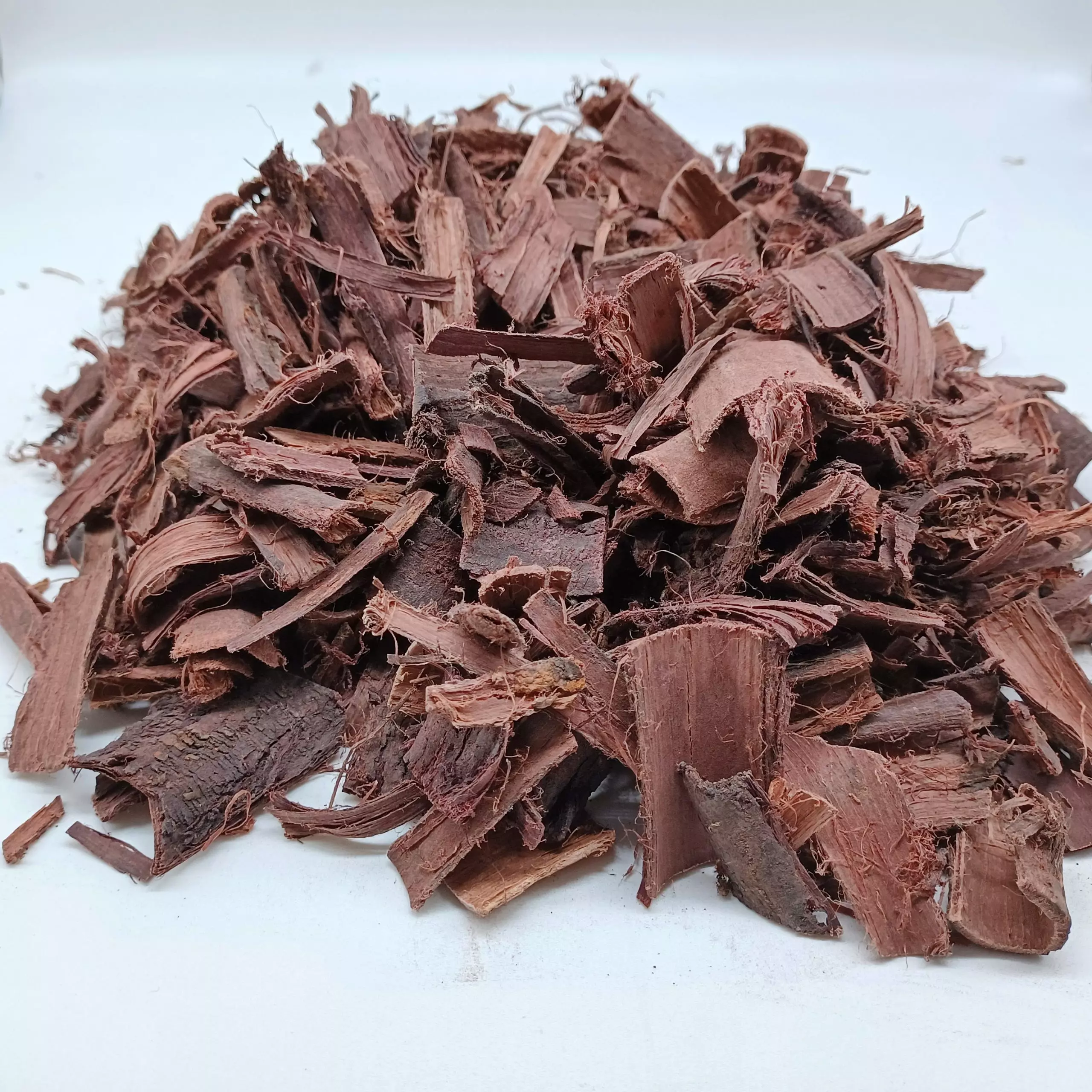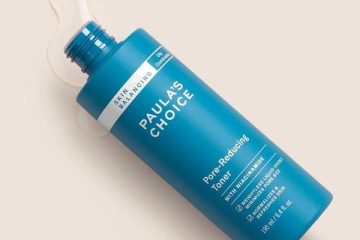Mimosa Hostilis, often abbreviated as MHRB (Mimosa Hostilis Root Bark), is a unique and powerful botanical wonder. It has a long and rich history, particularly in Brazil, where it is considered sacred due to its diverse and incredible uses. If you’re looking for MHRB for sale, you’re not just buying a product; you’re investing in a plant that has been revered for centuries for its healing properties, vibrant colors, and connection to spiritual rituals.
So, what exactly is Mimosa Hostilis? And why should you consider using it? In this article, we’ll explore the various applications of MHRB, its traditional significance, and why it continues to be a sought-after natural material for everything from textiles to skincare.
What is Mimosa Hostilis?
Mimosa Hostilis is a perennial tree native to parts of South America, particularly in northeastern Brazil. The bark of the tree, especially the root bark, is where the magic lies. Known for its rich concentration of natural tannins and pigments, it has been traditionally used for centuries as a textile dye, wound healer, and skin treatment.
Interestingly, Mimosa Hostilis also contains dimethyltryptamine (DMT), a psychoactive compound that has played a significant role in indigenous spiritual practices. However, it’s crucial to note that MHRB is not for human consumption, and many regions have strict regulations about its use. Today, it’s primarily marketed for its dyeing properties and for crafting soaps, ointments, and other cosmetic products.
Traditional Significance of MHRB in Mexico and Brazil
In Brazil, Mimosa Hostilis holds a sacred place in the cultural and spiritual fabric of indigenous tribes. For centuries, this plant has been used in rituals and ceremonies, revered for its connection to the spirit world and its healing powers. Indigenous shamans often utilized the root bark as a dye in their spiritual and healing practices. It was also used as a base for ointments applied to wounds and burns due to its strong antiseptic properties.
Its role in spiritual practices, however, wasn’t limited to healing. Shamans believed that Mimosa Hostilis could open doorways to other realms, offering profound spiritual experiences. While modern regulations prohibit the psychoactive use of MHRB in most countries, its deep-rooted connection to ancient traditions continues to intrigue and fascinate people worldwide.
In Mexico, Mimosa Hostilis, locally known as Tepezcohuite, holds a significant place in traditional medicine and cultural practices. For centuries, indigenous communities have revered this plant for its remarkable healing properties and spiritual importance. The bark of Tepezcohuite has been extensively used to treat skin conditions such as burns, wounds, and scars due to its strong antiseptic and regenerative qualities. It is often ground into a powder and applied as a topical remedy to promote healing and reduce inflammation. Additionally, Tepezcohuite has been incorporated into various rituals and ceremonies, symbolizing protection and renewal. Its rich history in Mexico reflects a deep connection between the natural world and the physical and spiritual well-being of the people.
Uses of MHRB Today
Today, MHRB is commonly sought after for its multiple non-consumptive uses. Let’s explore the modern applications of Mimosa Hostilis, from textiles to skincare.
1. Textile Dyeing
One of the most popular uses of MHRB is as a natural dye for fabrics. The bark produces a beautiful purple to reddish-brown hue, depending on the method used and the type of material being dyed. The dye is incredibly rich and durable, making it a top choice for eco-conscious textile artists and designers.
What makes MHRB stand out as a dyeing agent is its ability to produce a vibrant color without the need for harmful chemicals. It’s a sustainable alternative to synthetic dyes, which often contain toxic substances harmful to the environment.
2. Soap Making
Mimosa Hostilis is also widely used in the soap-making industry. The natural tannins found in the root bark have antimicrobial properties, which make it an excellent ingredient for crafting soaps that not only clean but also nourish the skin.
The vibrant color of the root bark can also be infused into soaps, giving them a beautiful, earthy tone. Combined with its natural healing properties, MHRB is a fantastic choice for creating luxurious, high-quality soaps that are both functional and aesthetically pleasing.
3. Skin Ointments
Mimosa Hostilis is revered for its ability to aid in wound healing and skin regeneration. Traditionally used as a remedy for burns and cuts, MHRB is now a popular ingredient in natural skin ointments. Its antimicrobial and anti-inflammatory properties make it ideal for treating skin conditions such as acne, rashes, and minor irritations.
In fact, many skincare enthusiasts are turning to Mimosa Hostilis for its ability to rejuvenate and repair damaged skin, making it a coveted ingredient in natural skincare products.
Why Choose MHRB for Your Needs?
When you buy MHRB for sale, you’re not just purchasing a product; you’re investing in a sustainable, versatile material that has stood the test of time. Whether you’re an artist looking for an eco-friendly dye, a soap maker searching for natural ingredients, or someone interested in exploring its historical significance, MHRB is a remarkable choice.
Eco-Friendly Option
One of the standout features of MHRB is that it’s an eco-friendly and sustainable material. Synthetic chemicals used in many dyes and skincare products can be harmful to both the environment and human health. In contrast, MHRB offers a natural alternative that not only performs well but also aligns with environmentally-conscious values.
Rich Cultural and Historical Roots
By using MHRB, you’re also participating in a cultural tradition that spans centuries. You’re tapping into an ancient lineage of natural healing and artistry that has been passed down through generations. There’s something special about knowing that you’re using a material with such a deep history and cultural significance.
How to Use MHRB Safely
It’s important to emphasize that Mimosa Hostilis is not for human consumption. Many countries have strict regulations regarding the use of MHRB due to its psychoactive properties. Always check local laws before purchasing or using MHRB.
When using it for dyeing, soap making, or skincare, it’s best to follow recipes and guidelines that ensure the material is used safely and effectively. Be sure to wear gloves and protective gear when handling MHRB in its raw form to avoid any potential skin irritation.
Disclaimer
Mimosa Hostilis contains DMT and is not for consumption. It is only permitted for use in dyeing textiles, making soaps, and creating skin ointments, among other botanical uses. Always follow local regulations and use the product responsibly.
Where to Find MHRB for Sale?
If you’re looking for high-quality MHRB for sale, you’ll want to ensure that you’re buying from a reputable source. At mimosahostilis.shop, we pride ourselves on providing ethically sourced, premium-quality MHRB. We understand the importance of this plant’s history and its diverse uses, which is why we offer only the best.
When purchasing MHRB, always verify that the seller is transparent about where the product is sourced and how it’s processed. You want to be sure that you’re getting a product that’s pure and responsibly harvested.
Final Thoughts
Mimosa Hostilis Root Bark (MHRB) is a remarkable natural material that has been used for centuries in Brazil and other parts of South America such as Mexico. Its vibrant colors, healing properties, and deep spiritual significance make it a unique and valuable resource for modern uses like textile dyeing, soap making, and skincare.



